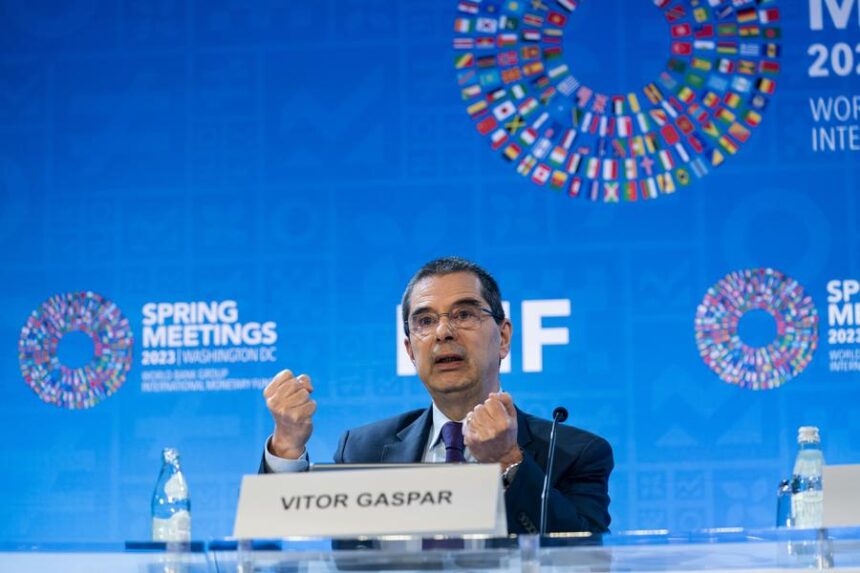The World Bank’s most recent figures indicate that sub-Saharan African growth is expected to reach 3.5% in 2025, and further accelerate to 4.3% in 2026-2027. This is while global public debt continues to rise to historic levels, amidst intensifying fiscal pressures.
The World Bank (WB) has attributed Africa’s economic persistence to increased private consumption and investments as inflation cools down and currencies stabilise.
While the median inflation rate in sub-Saharan Africa declined from 7.1% in 2023 to 4.5% in 2024, the WB notes the region faces heightened uncertainty due to changes in trade dynamics, regional conflict and climate change affecting people and crops.
“While the direct and indirect impacts of policy changes will materialise and evolve over time, African economies have the option to liberalise and diversify their markets, including leveraging the African Continental Free Trade Area (AfCFTA) to boost regional trade, to expand economic activity, and provide jobs for young people,” the WB stated.
The report provides policy recommendations for African governments to maintain growth and rebuild trust in a volatile context.
“Faced with high debt and declining global aid, countries can seize the opportunity to increase the efficiency of government spending to provide better access to essential services like health, education, water and electricity. This would strengthen the relationship between governments and taxpayers. Improved public services, a fair tax system, stronger accountability and clear market rules will also help businesses compete, grow and create jobs,” the WB report reads.
Despite sub-Saharan Africa’s resilience, the WB cautioned that the growth is still not strong enough to significantly reduce poverty. This is because figures show real income per capita in 2025 is expected to be less than in 2015. Also, African countries rich in resources and those facing fragility, conflict and violence are growing more slowly than more diversified economies, and sub-Saharan Africa still struggles to create enough good jobs for its young population.
“There is a growing gap between people’s aspirations for good jobs and functioning public services, and often sub-optimal markets and institutions,” said Andrew Dabalen, the World Bank’s chief economist for Africa.
“Urgent reforms, backed by more competition, transparency and accountability will be key to attract private investments, increase public revenue and create more economic opportunity for millions of Africans entering the workforce each year.”
Meanwhile, IMF director of the fiscal affairs’ department Vítor Gaspar this week called for long-term thinking and collaborative action, amidst rising global debt.
“In these times of high uncertainty, fiscal policy must be an anchor for confidence and stability which helps deliver growth and prosperity for all. A crisis is by no means a foregone conclusion. There is still time to build a more balanced, resilient, global economy.
Ministers of Finance must build trust, tax fairly, spend wisely and take the long view,” urged Gaspar.
His made these comments at the launch of the Spring Fiscal Monitor in Washington, D.C. on Tuesday.
“The Spring Fiscal Monitor documents that global public debt is high and rising, approaching 100% of GDP by the end of the decade, and surging above the pandemic peak. High debt, low growth, rising interest costs, spending pressures and elevated policy uncertainty contribute to a narrower fiscal space, making policy trade-offs starker and policy choices more painful,” Gaspar said.
He emphasised that country-specific responses will be critical in maintaining stability and avoiding further deterioration in public finances.
“The Fiscal Monitor shows that public finance positions and prospects are very different across countries. Countries will need to first and foremost keep their own house in order.
This involves three key priorities.
First, fiscal policy should be part of overall stability-oriented macro-economic policies. Second, fiscal policy should, in most countries, aim at reducing public debt and building buffers to create space to respond to spending pressures and economic shocks. Lastly, fiscal policies should, together with other structural policies, aim at improving potential growth, thereby easing policy trade-offs.”


